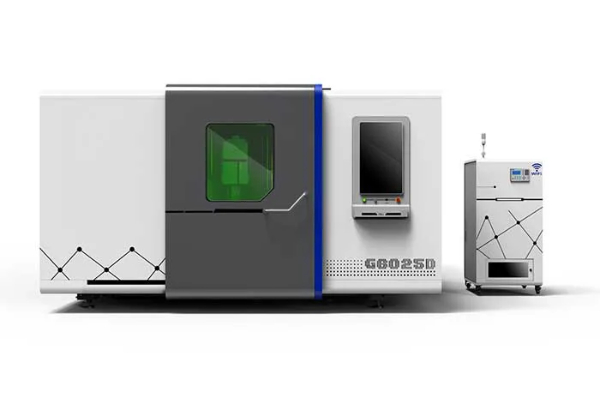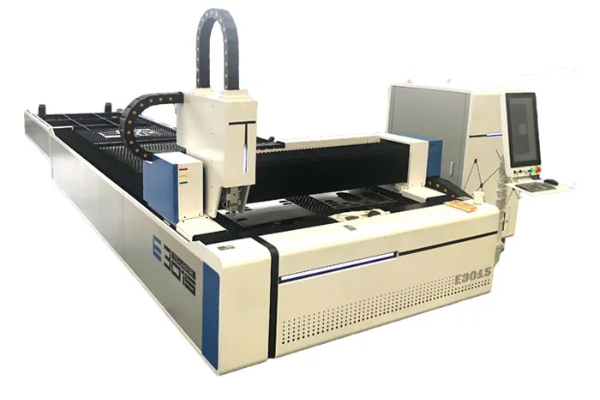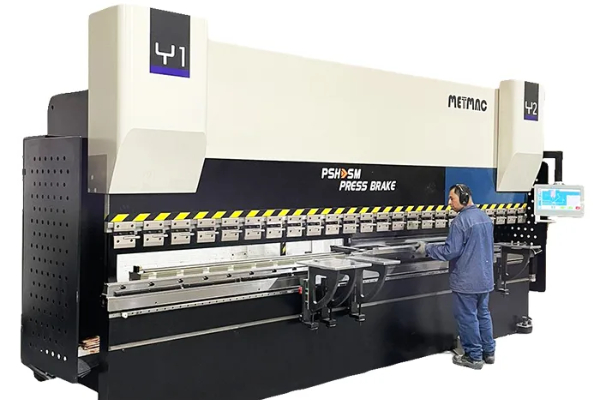
Comparing Different Types of Roller Sheet Bending Machines
- By:Metmac
- 2024-07-17
- 84
Roller sheet bending machines play a crucial role in metal fabrication, shaping sheet metal into various forms with precision and efficiency. While the fundamental principle of rolling remains the same, there are several types of roller bending machines, each with its unique characteristics, capabilities, and applications. This article provides a comprehensive comparison of different types of roller sheet bending machines to assist in selecting the most suitable machine for specific requirements.
Types of Roller Sheet Bending Machines
Three-Roller Bending Machines
Three-roller bending machines are the most common type, utilizing three rollers to bend the sheet metal. The top roller applies the bending force, while the bottom rollers support and guide the metal. These machines excel in bending long, narrow sheets with a uniform radius and cylindrical shapes.
Four-Roller Bending Machines
Four-roller bending machines feature an additional roller at the bottom of the machine, providing increased support and control over the bending process. The fourth roller helps prevent material distortion and produces tight bends on thicker materials. These machines are ideal for bending complex shapes, boxes, and cones.
Pyramid Bending Machines
Pyramid bending machines incorporate additional rolls that descend in a pyramid shape. This design allows for versatile bending operations, including conical, compound, and curved shapes. The pyramid design provides increased rigidity and supports complex bends.
Sectional Bending Machines
Sectional bending machines consist of multiple sections or modules that can be rearranged to accommodate varying workpiece lengths and bending radii. These machines offer flexibility and can handle a wide range of bending applications.
Considerations for Choosing a Roller Sheet Bending Machine
Material Type and Thickness
The material type and thickness determine the required bending force and roller capacity. Consider the maximum thickness and type of sheet metal to be bent.
Bending Radius and Shape
The desired bending radius and shape dictate the type of machine and the number of rollers required. Complex shapes and tight radii may necessitate machines with multiple rollers or sectional designs.
Production Volume and Speed
The production volume and required speed influence the machine’s size, motor capacity, and automation features. High-volume applications may require larger machines with faster speeds.
Accuracy and Repeatability
The accuracy and repeatability of the bending process are crucial for precise results. Consider the precision of the roller alignment and the ability to maintain consistent bend angles.
Additional Features
Advanced features such as CNC control, automatic tool changers, and material handling systems can enhance efficiency, accuracy, and productivity.
Conclusion
Selecting the right roller sheet bending machine requires careful consideration of specific requirements, including material properties, bending parameters, production needs, and additional features. By understanding the different types of roller bending machines and their capabilities, manufacturers can optimize their operations and achieve superior bending results.
-
The Advantages of Using a Sheet Roll Forming Machine in Manufacturing
2024/09/14 -
How to Optimize Your Laser Sheet Cutting Machine for Maximum Performance
2024/09/12 -
How to Maximize Efficiency with Modern Sheet Metal Working Machines
2024/09/04 -
The Environmental Benefits of Using Duct Board Grooving Machines
2024/09/03
-
Efficient Sheet Metal Cutting Solutions for Every Application
2025/06/19 -
Advanced Sheet Metal Cutting Solutions with CNC and Plasma Technology
2025/06/19 -
Precision and Efficiency with Electrical Press Brake Machines
2025/06/19 -
High-Performance Sheet Metal Laser Cutting Machines for Precision Fabrication
2025/06/15
-
A Guide to the Latest Innovations in Sheet Metal Folding Machines
2024/11/29 -
Key Features to Consider When Investing in a Sheet Metal Folding Machine
2024/11/28 -
Enhancing Precision with Advanced Sheet Metal Folding Machines
2024/11/27 -
How to Choose the Right Sheet Metal Folding Machine for Your Workshop
2024/11/26



